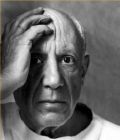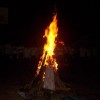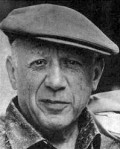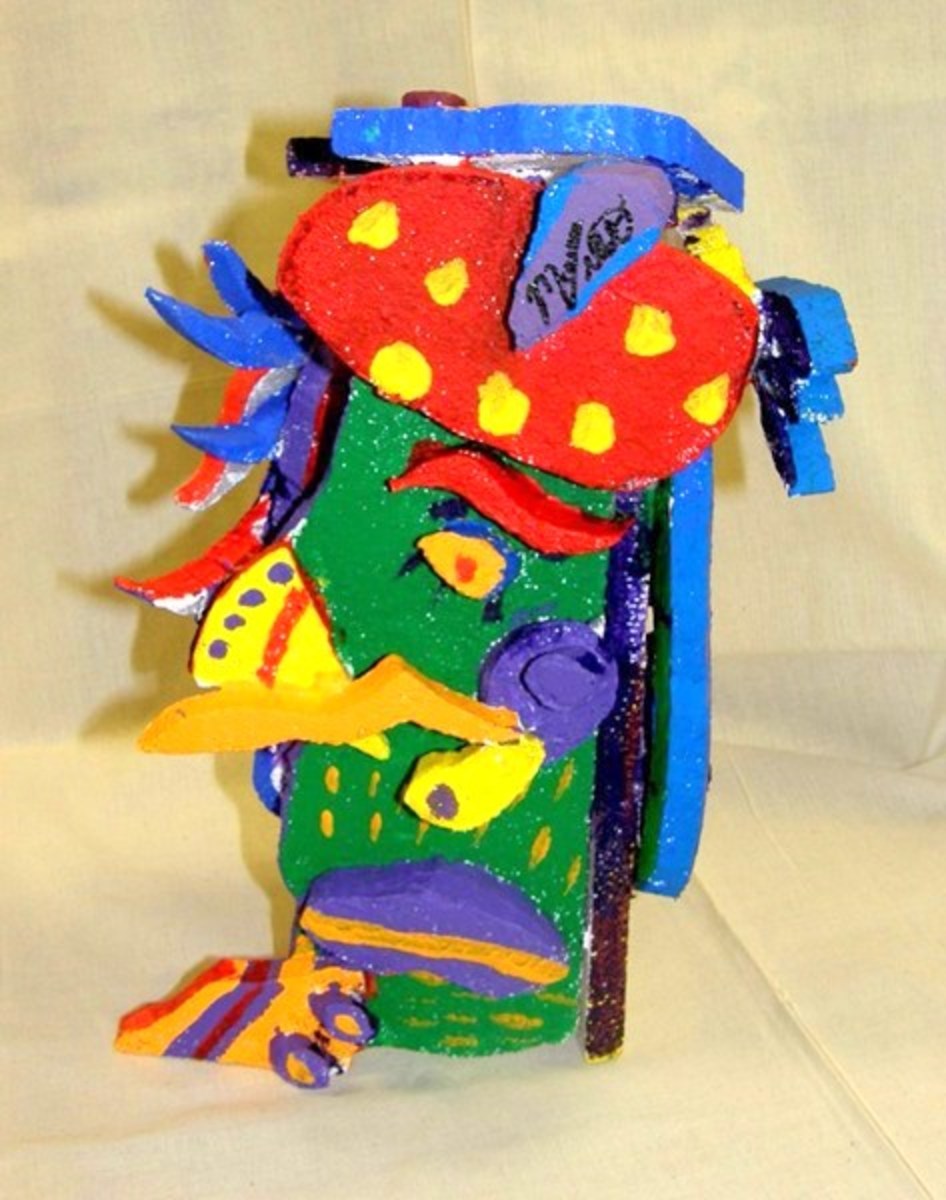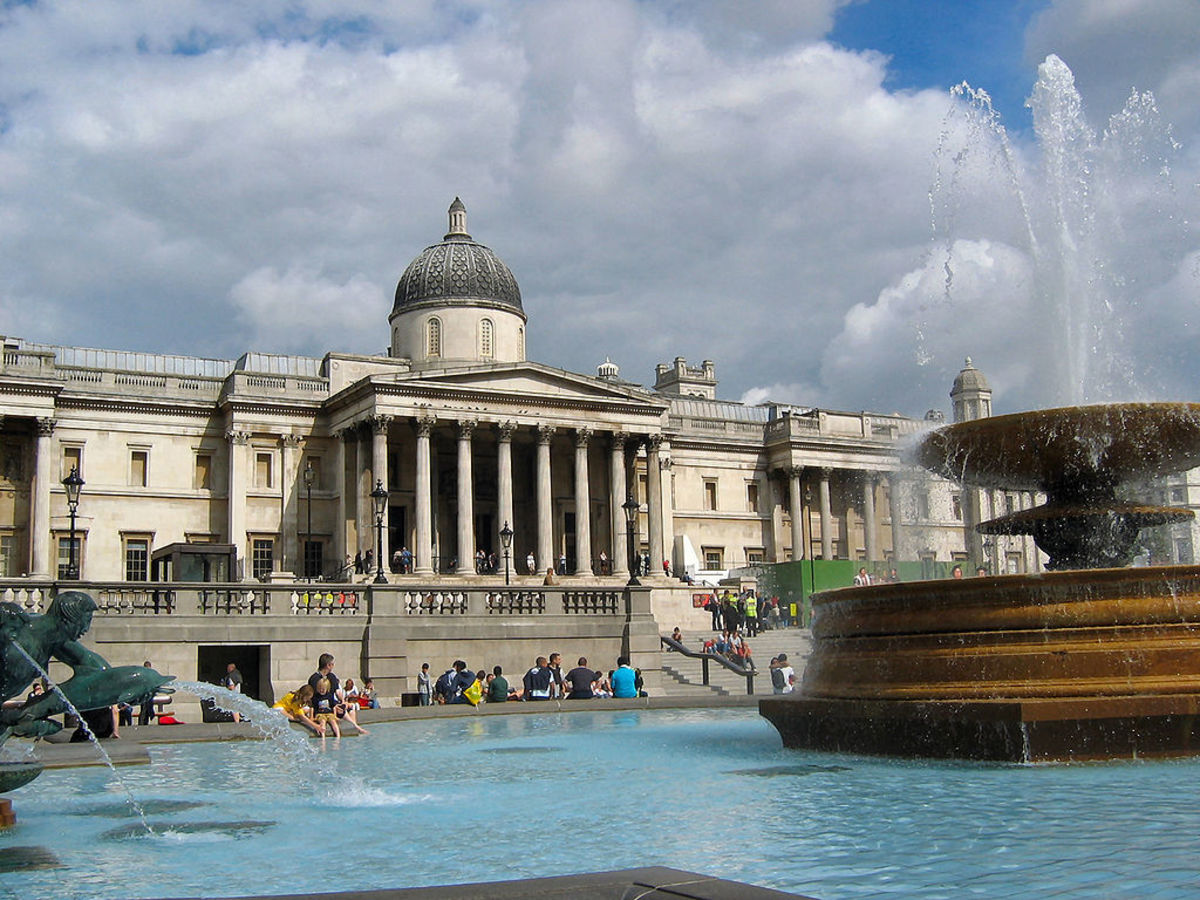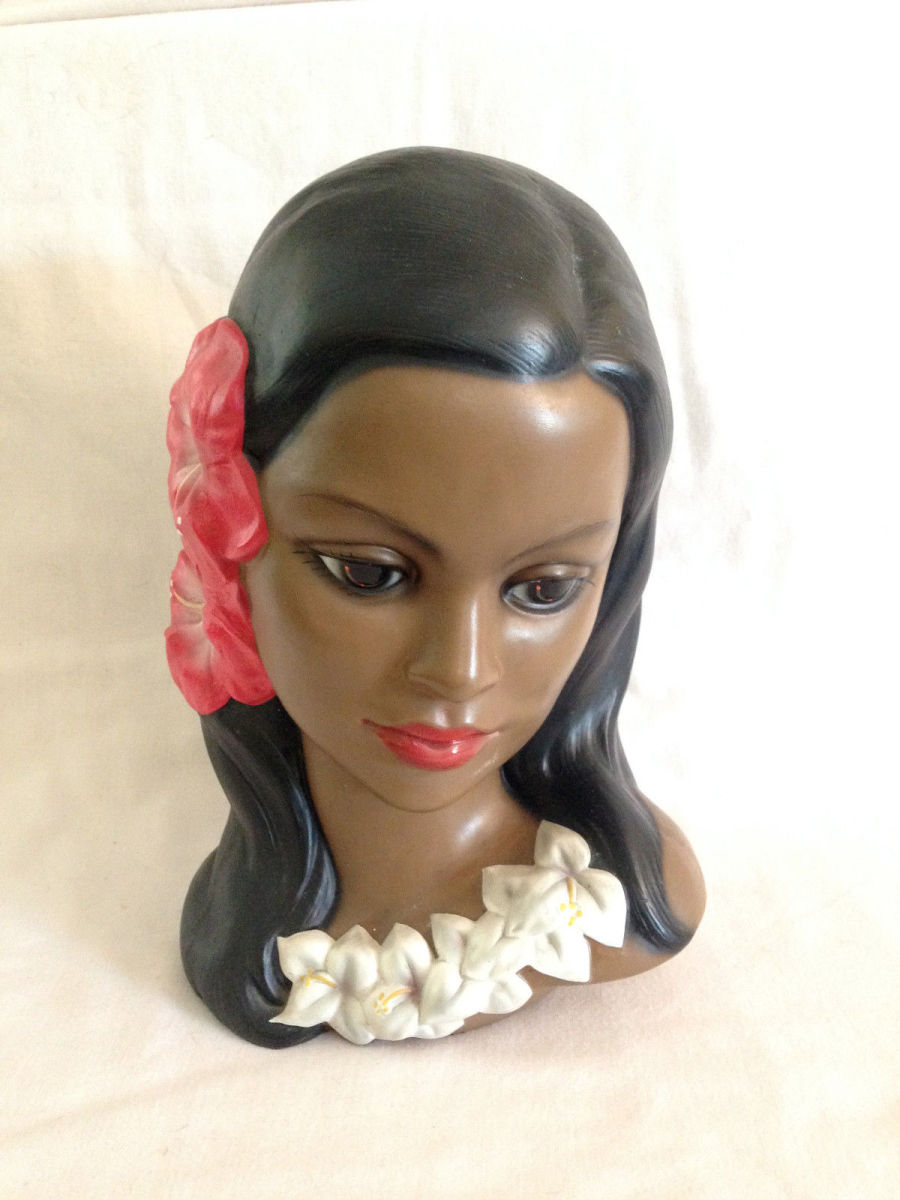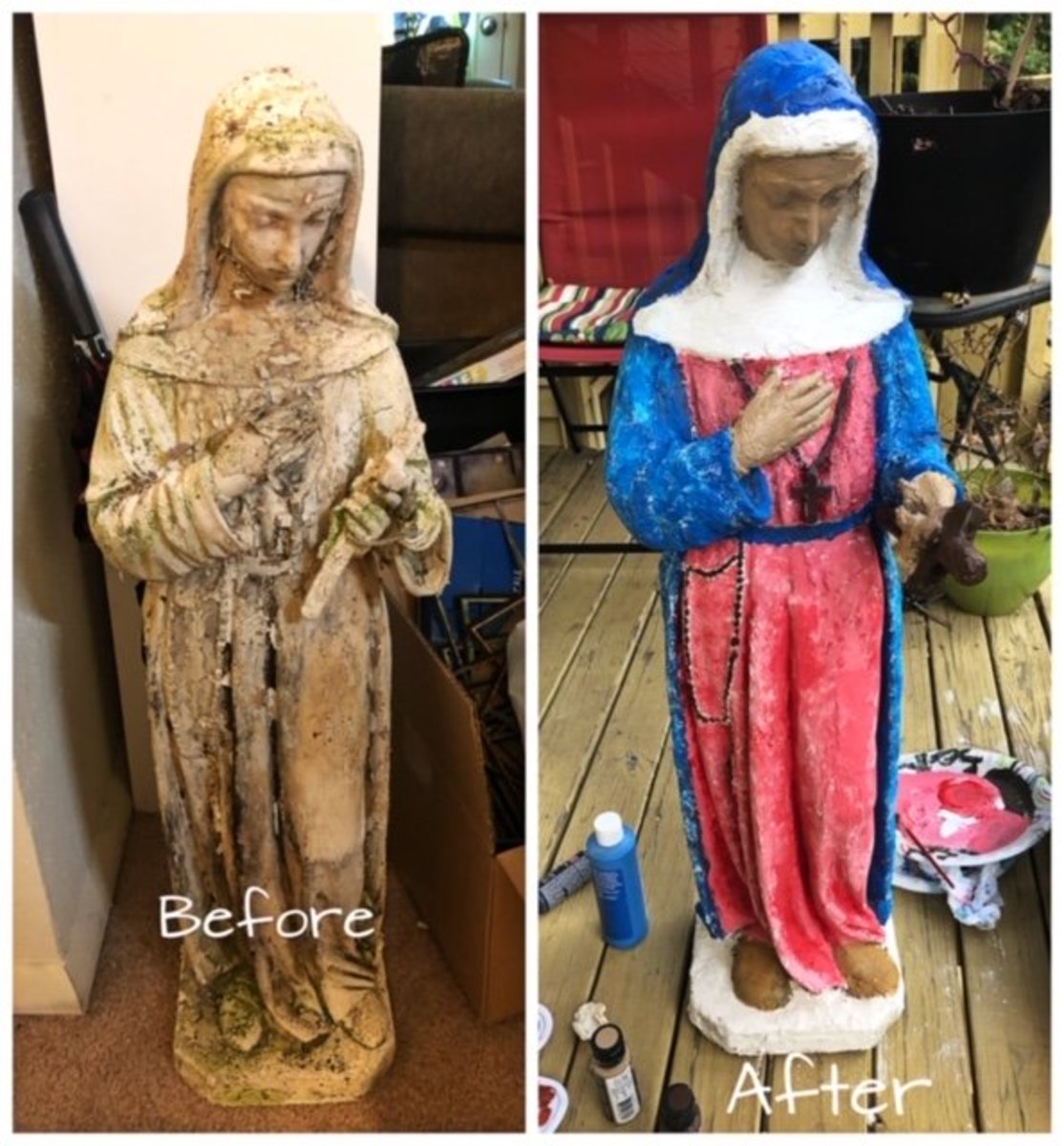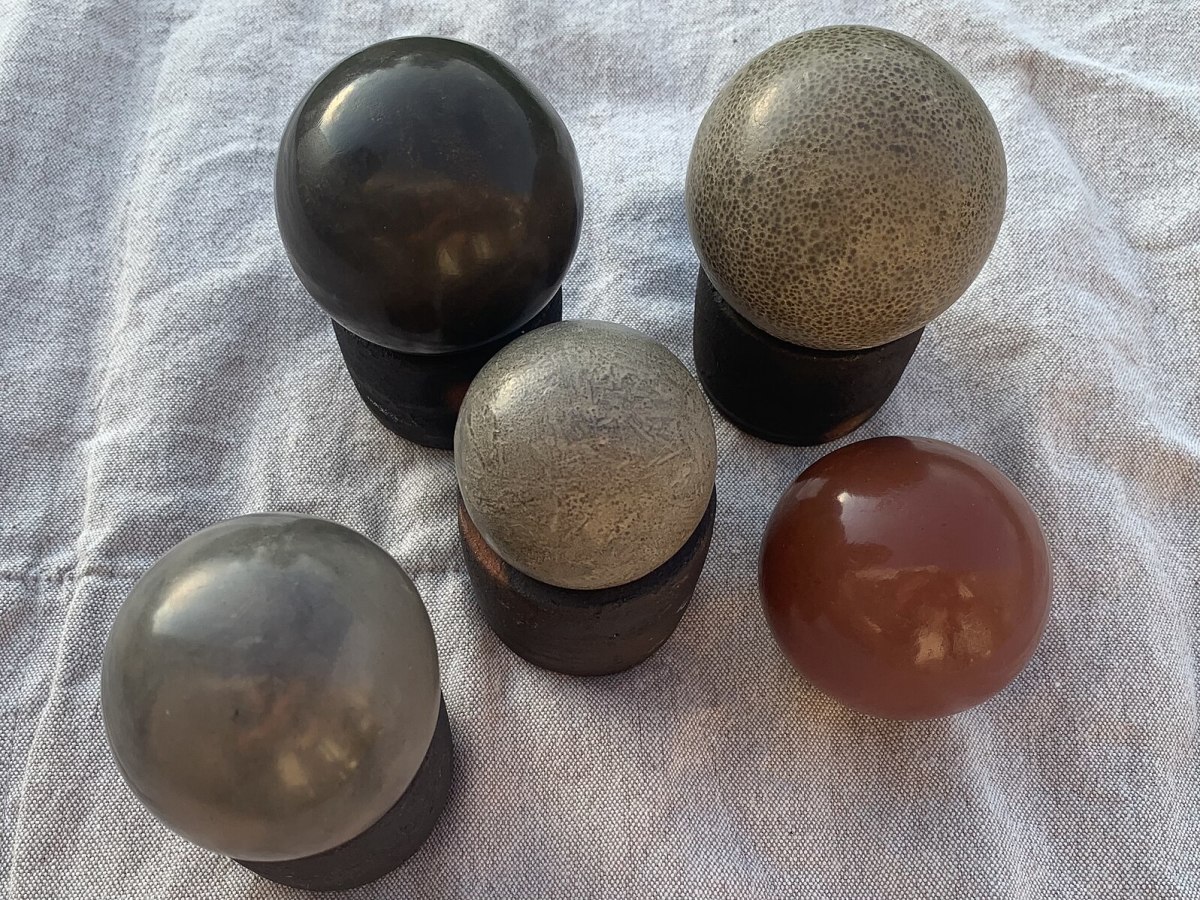Pablo Picasso
Pablo Picasso (1881-1973)
Pablo Picasso, the first child of Don Jose Ruiz Blasco, painting and drawing master at the Malaga School of Arts and Crafts, and of Maria Picasso y Lopez (an Andalusian) was born on October 25, 1881 in Malaga, Spain.
Picasso, one of the greatest and most original artists of the 20th century, exerted a very powerful influence on the development of modern art. A constant experimenter, he introduced several styles of painting and created brilliant works in almost every existing graphic medium. Among his important innovations is Cubism which he developed with the French artist Georges Braque. Cubism freed painting from many of its traditional limitations and paved the way for abstract art. Picasso's works demonstrate his imagination, superb draftsmanship and expressive power.
A highly gifted youth, Picasso studied art in Barcelona and then went to Paris in 1890. The paintings belonging to this period are poignant studies of poverty and suffering. Dominated by melancholy shades of blue and green, they are filled with stooped, angular figures. Notable examples include La Vie (Cleveland Museum of Art, Ohio) and the Old Guitarist (Art Institute of Chicago).
By 1905, Picasso had largely given up portraying the world of the poor. He turned instead to charming depictions of circus players and harlequins. The delicate pink and red tones in which many of these persons are painted characterized the next phase of his works as his Rose period. The graceful airy figures in such works as Boy Leading a Horse (private collection, New York) and the Saltimbanques (National Gallery of Art, Washington, D.C.) are among his popular creations.
Picasso's interest in primitive African sculpture can be seen in the masklike portrait Gestrude Stein (Metropolitan Museum of Art, New York City), in which human figures are broken up into geometric shapes. A landmark in the history of art, the work is often considered the connecting link between Realistic painting and Cubist abstraction.
In such early Cubist works as Female Nude (Philadelphia Museum of Art) and Woman with a Guitar (Museum of Modern Art), Picasso analyzed objects and figures from several angles, reduced them to simple rectangular planes, and rearranged the planes into kaleidoscopic patterns. From this Analytical Cubism, Picasso later moved to a more decorative style, known as Synthetic Cubism. Characteristic of the latter style is the painting Three Musicians (Museum of Modern Art), in which the figures and objects are abstracted into geometric forms and arranged in a flat pattern. In his Cubist period, Picasso also created numerous collages, or pictures made by pasting pieces of cloth, newspapers, and similar materials on canvas.
Although elements of Cubism appeared in many of his later works, Picasso continued to evolve new styles. His Classical period, which began in 1920, was rich in studies of massive figures. Particularly outstanding works of this type include his painting Woman in White (Metropolitan Museum of Art) and such drawings as Mother and Child (Baltimore Museum of Art) and The Lovers (National Gallery of Art).
In Mid-1930's, Picasso became concerned with social and political themes. In his symbolic etching Minotauromachy, he represented a personal vision of the struggle between the forces of evil and good. After the outbreak of the Spanish Civil War, he expressed his outrage at Fascism in his powerful mural Guernica (Museum of Modern Art), which is often considered his masterpiece. The agonized human forms and grotesque beasts in the painting symbolize the horrors of war and the destructive forces that threaten the modern world.
During World War II, Picasso continued to paint in Paris, despite Nazi condemnation of modern art. In 1944, he joined the French Communist Party. After the war, he moved to the south of France, where he produced a remarkable variety of works in such media as ceramics, sculpture, book illustration, and stage design. Many of his later paintings and sculptures, such as his Demoiselles au bord de la Seine, After Courbet (Kuntsmuseum, Basel, Switzerland) and the Bronze Monkey and Her Young (Museum of Modern Art), testify to his active fantasy and unique artistry. On his 75th and 80th birthdays, he was honored by large one-man exhibitions in New York City and in other cities.
